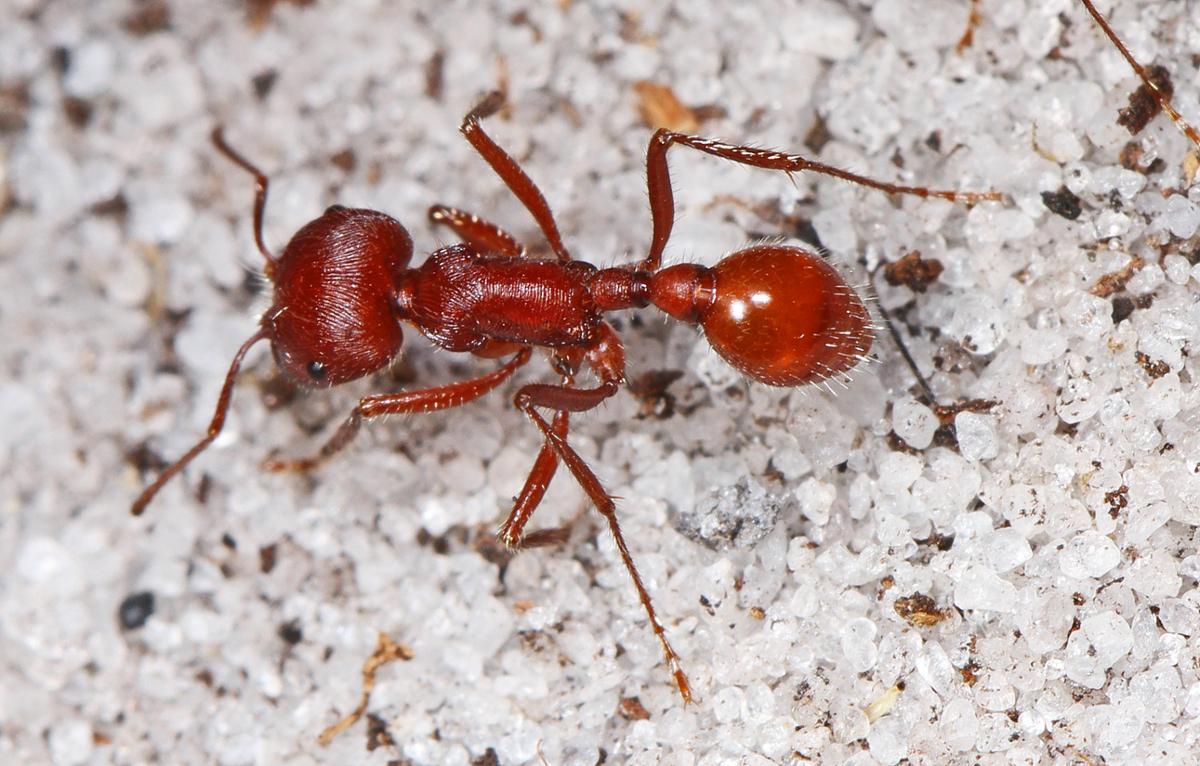D: Yaël, animals are selfish. They only care about their own survival.
Y: Don, there are lots of cases where that’s not true.
D: Name one.
Y: Well, OK. In 2019 ethologists published evidence that a species of harvester ants will rescue their nest mates when they become trapped in a spider web. The ants do this even though there’s a risk that the spider will get them too. The species the researchers studied lives in the southwestern deserts of the United States. The harvester ants move in a massive single column to forage for seeds, and risk being preyed upon by a species of spider related to the black widow.
D: That’s interesting, but I’ll bet rescuing others from entrapment isn’t a very common animal behavior.
Y: You’re right that it isn’t as common as other helping behaviors across the animal kingdom. But it has been observed in a number of species of social animals, including chimpanzees, dolphins, a species of monkey, and a warbler bird, besides several different ant species. The harvester ants are unusual because rescue behavior is usually observed in animals that live in small groups, and these ants live in colonies of tens of thousands.
D: But how do the harvester ants know their nest mate is in trouble?
Y: A trapped ant calls for help by releasing an alarm substance that others can detect. Since the ants forage together in columns, help is usually nearby. The ants don’t stop when they’ve rescued their sister. They go on to destroy the spider web, taking up to two hours to tear it apart with their jaws.










